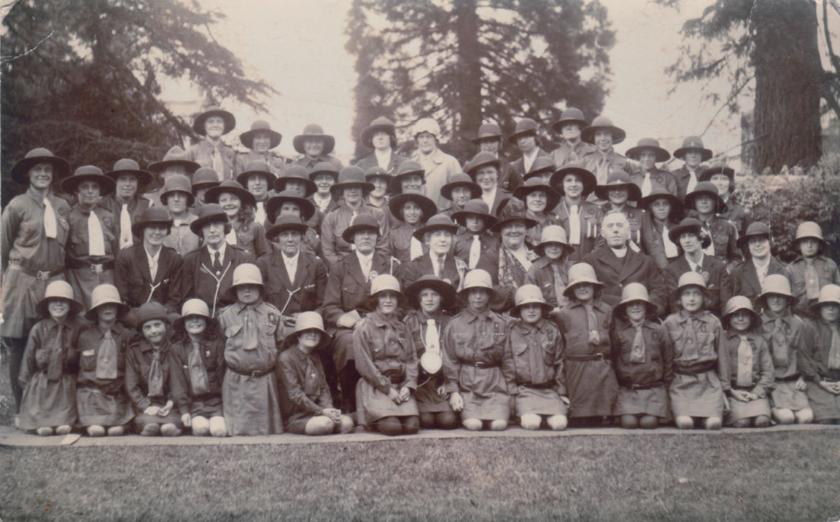

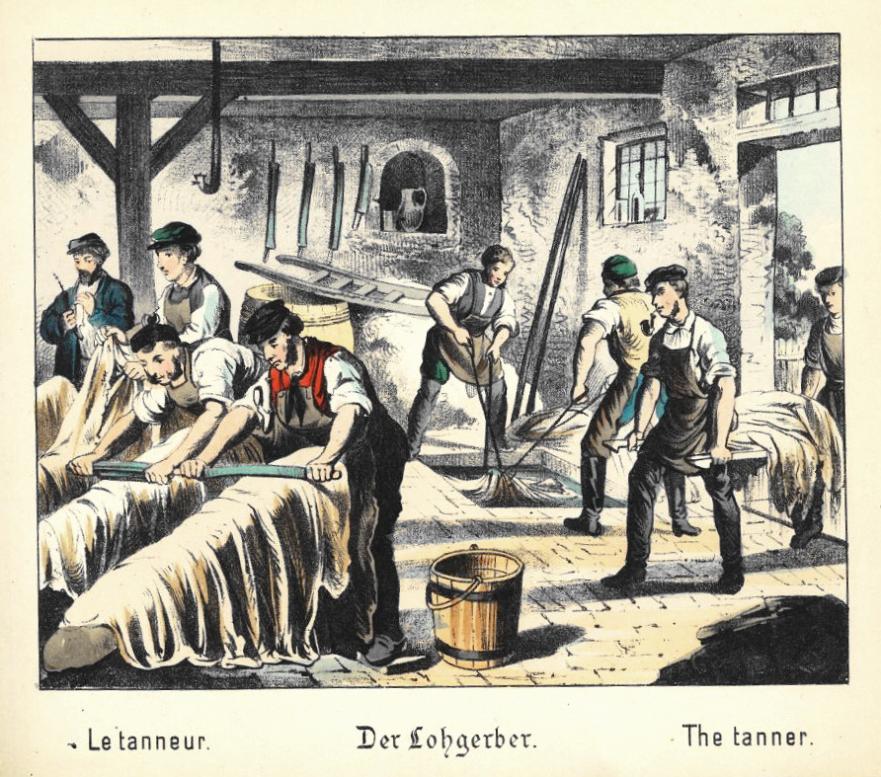
In 1525 John Prideaux, tanner, was in debt to Thomas Seymour; presumably the same John Predeax who was in debt to John Elyot of Charleton the following year.
http://discovery.nationalarchives.gov.uk refs C 131/108/3 and C 241/278/1
In the churchwarden's accounts of 1561-62 William Dolbeare, tanner, was elected as one of the wardens for the following year.
The same accounts mention Hugh Fursse, son of Richard Fursse, tanner, deceased.
Alison Hanham, Churchwardens Accounts of Ashburton,
1479-1580, Devon
and Cornwall Record Society, The Devonshire Press Ltd., Torquay 1970, p147
In
1598 Ellis Coake of Ashburton, a tanner, claimed that Leonard Miller of
Ashburton and Christina Kellye, widow had withheld bequests made to
him in the wills of his parents.
National Archives C 2/Eliz/C16/13
http://discovery.nationalarchives.gov.uk - Accessed 6-1-2014
Occupations in Ashburton PCC wills
John Dolbeare, tanner, February 1611
In 1615 Thomas Dolbere, tanner, was one of the
defendants in proceedings in Star Chamber. The case, brought by Thomas
Adiscott, involved the alleged suppression of a will, assault, theft and
falsification of documents.
http://discovery.nationalarchives.gov.uk ref STAC 8/35/20
Ten
years later a 'Declaration of the Uses of a Recovery'* was made
concerning lands and meadows called Chewly Parke. Peter Gawde of
Aishberton, tanner, John Ogier of Aishberton, blacksmith and Nicholas
Harris of Aishberton, tanner, were involved.
http://discovery.nationalarchives.gov.uk South West Heritage Trust refs 48/14/68/1
and 48/14/68/2
*
As I understand it, this was where those involved in a land transaction
colluded in a fake lawsuit to ensure that the land was free from
restrictions imposed by wills, settlements etc.
https://www.nottingham.ac.uk/manuscriptsandspecialcollections/researchguidance/deedsindepth/freehold/commonrecovery.aspx
- Accessed 5-2-2106
1637 Epitaph within the church for Thomas Harris, died September 30th:
'Fear not to die;
Learn this of me,
No ills in death,
If good thou be.'
'H.H.' writing in Notes and Queries, A Medium of Communication between Literary Men, Artists, Antiquaries, Genealogists etc. vol 6, July-December 1852, London, p468
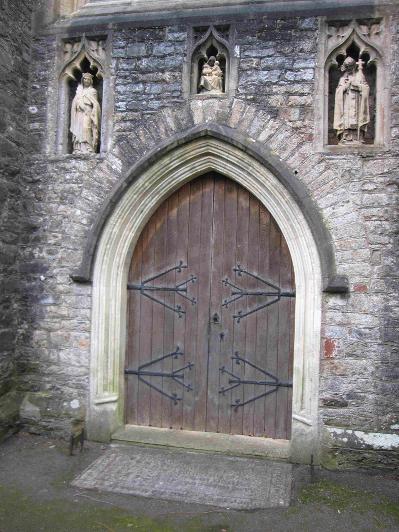
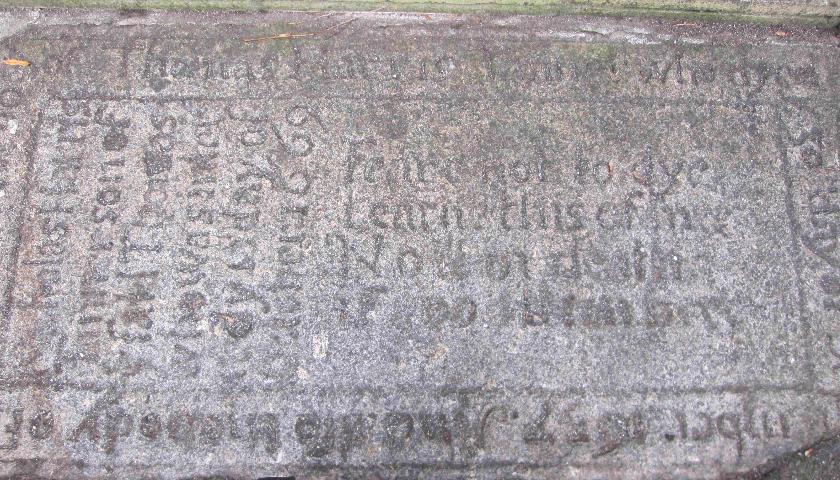
Robert Prowse and John Dolbear were ordered to keep the peace in 1639. Both were tanners of Ashburton
http://discovery.nationalarchives.gov.uk South West Heritage Trust ref 133Z-0/Q/20
1661. Thomas Mellen of Ashburton, tanner, is named on the marriage bond between Phillipp Walters of Eggbuckland and Joane Randall of Plymouth, widow.
Devon Heritage Centre, ref DEX/7/b/1/1661/113
https://devon-cat.swheritage.org.uk/records/DEX/7/b/1/1661/113 - accessed 04-03-2024
The will of Nicholas Harris, tanner of Aishberton, was proved in the court of the Dean and Chapter of Exeter in 1670. He left messuages in North Streete and East Streete and 3 closes of land called Longabrendon.
Pigot's
Directory 1822-23 lists 4 tanners in Ashburton: Lavington Evans in
North Street, John Higgins in St Lawrence Street, John Vere Mann in East
Street and John Rendle at Old Mill.
Pigot's Directory of Cornwall and Devon 1822-23
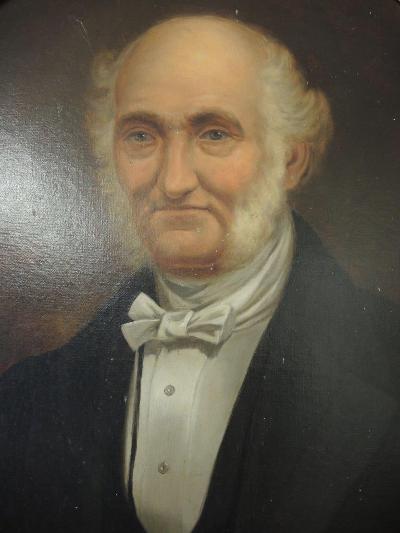
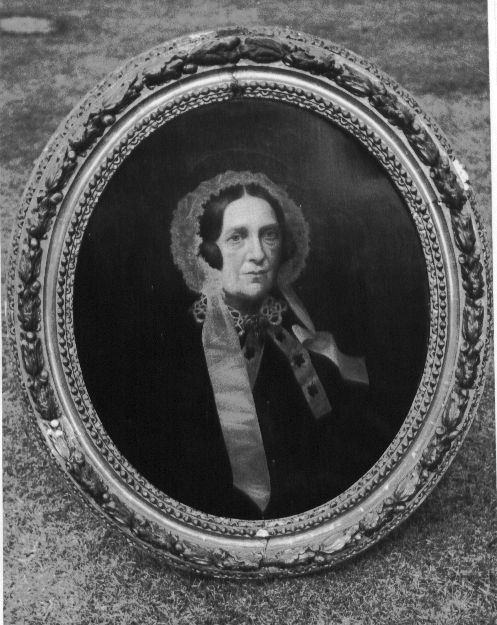
Pigot's Directory of Cornwall and Devon 1822-23
The 1890s
'When quite young my mother had a serious illness and I well remember that she had to be kept very quiet, and what we then called tan was spread over the road for some distance outside the shop to deaden the sound of horses and horse vehicles. This tan was actually the bark after the tanners had finished with it.'
The memories of Reg Andrews, born 1893. See Growing up in the 1890s
A note in Indigo in the Arab World says that the author had a conversation with Wilf Joint of Ashburton in the 1990s, where Wilf remembered dog turds being used by leather tanners.
Indigo in the Arab World, Jenny Balfour-Paul, Routledge, London and New York, 1997, reprinted 2004, p215, Note 59